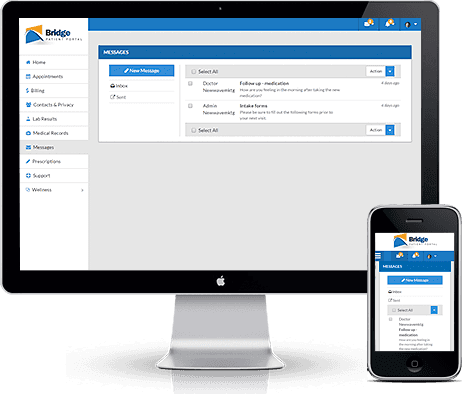Using a Healthcare Patient Portal to Improve Communication, Drive Engagement
- Blake Rodocker
- March 26, 2015

Patient-provider communication is an integral component of patient care, and it is necessary for the promotion of patient engagement. Yet, seamless communication is often difficult to accomplish in the modern healthcare setting. In fact, once a patient leaves the physician’s office, communication oftentimes stops, and it doesn’t get picked up again until the patient has already gotten sick.
In order to promote engagement and improve treatment outcomes, a direct line of communication must exist between the patient and physician. Furthermore, this line must remain open and accessible even between visits. Healthcare patient portal software helps medical practices accomplish this by providing a secure messaging platform that patients can access at any time.
The healthcare portal can be used by patients to communicate with their physicians about relevant health information. For example, if a patient has a question about a medication that he or she is taking, the portal makes it easy to get an answer right away.
The portal also encourages patients to become more active participants in their health by making care plans accessible, in addition to patient education resources and tools. Patients can use the portal to document health tasks and track progress meeting their goals. If there is a question or problem, an answer is never more than a few keystrokes away.
Patient engagement is all about actively involving patients in their health outcomes by promoting collaboration, education, feedback and understanding. Healthcare patient portal software makes this possible and is a tool that all healthcare organizations should be using, not only to improve engagement but to provide a better patient experience and positively impact patient care.